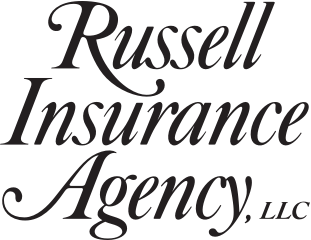As humans age, they reset the bar on what it is to be young. We hear phrases like: “40 is the new 30,” or “60 is the new
50.” These phrases suggest that despite advancing age, post-40 humans remain as alive and vibrant as ever. While humans
may be living their best lives post-40, the same cannot be said for the roofs that shield them from the elements.
It seems like the life expectancy of a roof is moving in the opposite direction, and that 30-year roof is no longer
expected to last for 30 years like the box of shingles says it would. What is the reason behind this backward trend in roof
life expectancy? It’s not poor diet and a lack of exercise. Insurance companies believe that the increasing frequency of
extreme weather events is acting as the primary driver. Instances of extreme heat, rain and wind have been on the
rise and that obviously puts more stress on a roof. But the issue is not just one of intensity but of frequency, as well. The
more extreme weather events that a roof experiences, the less able it is to handle future events.
What can homeowners do? Plan ahead.
Purchasing a new roof is one of the biggest financial decisions homeowners make. Anticipating when a new roof will
be needed, as well as how much money will be needed for the replacement, is critical. Before investing
your own money though, homeowners should investigate whether they might qualify for state grants. For example, Connecticut
administers several home repair and rehabilitation programs available to homeowners in the state.
Financial foresight and the ability to predict the kind of future weather events a roof will need to withstand are
important considerations. Often, roofs are built to municipal or state building codes. However, many municipalities in
Connecticut have building codes that are decades old. Those codes are based on outdated weather modeling, and
they may leave a homeowner exposed to extreme weather. Even codes that were updated recently may not account for
the intensity and severity of weather events that are being predicted. As such, homeowners would be wise to choose
building materials that exceed current building codes. Roofs made of metal or outfitted with synthetic shingles may not
be required by state code, but they are much better at handling extreme heat, wind and rain compared to more typical
building materials.
Have questions about how your roof can impact your homeowners insurance? Or whether you should consider replacement cost versus actual-cash value when insuring your house. Reach out to our agency.

